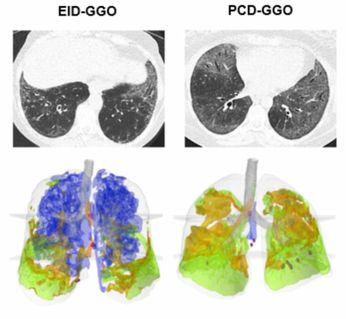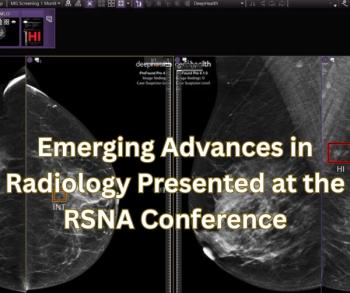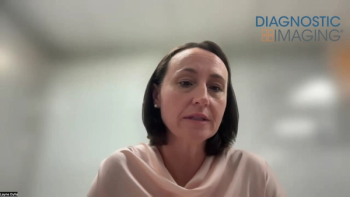
Holistic Radiology Comforts Patients
My training in hypnosis has made me a better radiologist, but you don’t have to be a hypnotist to increase patient satisfaction.
How do you deal with anxious patients undergoing a stressful radiological procedure, such as an MRI scan, or something more painful like a breast biopsy? Many patients feel terrified at the prospect of being on the receiving end of the marvels of modern technology. Fortunately, there’s one approach I’ve seen, based on hypnosis, that has been shown to improve patient comfort in multiple
[[{"type":"media","view_mode":"media_crop","fid":"23405","attributes":{"alt":"","class":"media-image media-image-right","id":"media_crop_398686880070","media_crop_h":"0","media_crop_image_style":"-1","media_crop_instance":"1844","media_crop_rotate":"0","media_crop_scale_h":"0","media_crop_scale_w":"0","media_crop_w":"0","media_crop_x":"0","media_crop_y":"0","style":"height: 267px; width: 200px; border-width: 0px; border-style: solid; margin: 5px; float: right;","title":"Our newest blogger: Larry Burk, MD, CEHP","typeof":"foaf:Image"}}]]
Interventionalist Elvira Lang has begun to train other radiology professionals including technologists, nurses and physicians in her method of non-pharmacological patient sedation. As a former Harvard faculty radiologist, she is the lead author of over two dozen research papers documenting a reliable way to reduce claustrophobia in MRI, anxiety in mammography and pain in interventional procedures.
As a musculoskeletal radiologist, I’m used to injecting a local anesthetic prior to performing an arthrogram. Unfortunately, as residents we were taught to say it will “feel like a little bee sting and then it will burn,” which are both negative suggestions and self-fulfilling prophecies. After training in hypnosis more than 20 years ago, I learned to simply say, “I am injecting the numbing medicine that will cause a sensation under your skin and notice how quickly it gets numb.” The language makes all the difference.
My most challenging patient spoke only Spanish. He had complex regional pain syndrome, and I had to do an arthrogram on his sensitive ankle. I asked him through his interpreter, “Where would you rather be?” He said his favorite restaurant, and I suggested he go there while I did the procedure. Ten minutes later we were done without any mention of pain as he had been busy eating a delicious five-course meal.
These kinds of experiences amazed all of us in the radiology department at Duke University Medical Center as described in my book
Patient satisfaction has become more important to hospitals since the implementation of the Affordable Care Act. These ratings have a significant impact on the up to 1 percent of reimbursement that is now withheld by the Centers for Medicare and Medicaid Services through the Hospital Value-Based Purchasing Program. It’s possible that up to 30 percent of the money can be recovered through improving patient satisfaction metrics.
A recent
Newsletter
Stay at the forefront of radiology with the Diagnostic Imaging newsletter, delivering the latest news, clinical insights, and imaging advancements for today’s radiologists.




























